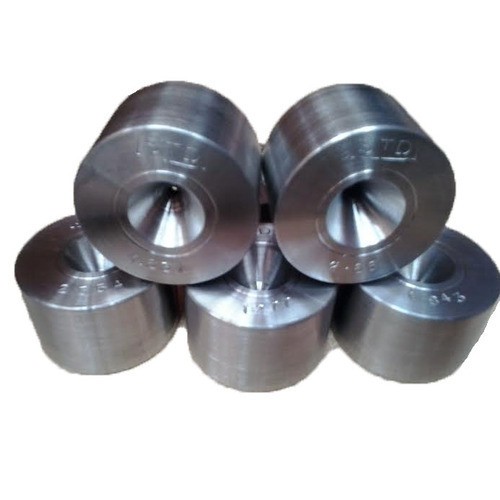Everything to Know About Round Carbide Die

Carbide rotary dies, also called rotary files or die grinder bits, are used for various applications, including cutting, shaping, grinding, and eliminating burrs, dies, and excess material (dedieing).
Use carbide micro drills or straight shank drills to bore through tough metals. A carbide slot drill, carbide end mill, or carbide router can be used for slot cutting, routing, contouring, profiling, counter-boring, and reaming. A Diamond Die is used for cutting and shaping hard materials like stone and glass. It is essential to get in touch with the best Round Carbide Die manufacturer at the right time.
When Is It Appropriate to Use a Carbide Die?
Air tools, such as pneumatic rotary tools, die grinders, and high-speed engravers make excellent use of carbide dies—tools with miniature motors and rotary heads used for hobbies, including the Dremel and pendant drills.
For What Purpose Do People Use Carbide Dies?
Metalworking, toolmaking, model engineering, woodcarving, jewelry making, welding, chamfering, casting, grinding, cylinder head porting, and sculpture are just some of the many applications for carbide dies.
They find widespread application in many fields, including aerospace engineering, automotive manufacturing, dentistry, sculpture, and metalwork.
Carbide There are typically two types of die cuts available: single and double (Diamond Cut)
A right-handed (Up cut) spiral flute is standard on single-cut (one-flute) carbide dies. These are typically used for ferrous metals but also work well with hardened steel, copper, stainless steel, cast iron, and other similar materials. Employ tasks such as massive stock removal, milling, dedieing, and cleaning.
- Extensive demolition work
- Milling
- Cleaning
- Produces elongated chips
All non-metal materials, including plastics and wood, ferrous and non-ferrous metals, soft steel, aluminium, and other similar materials, are typically cut with double-cut carbide dies. Because of the more significant number of blades, they can quickly cut through almost any substance. These are the most versatile and widely used lengths.
